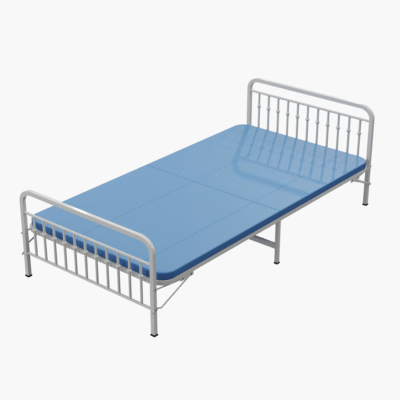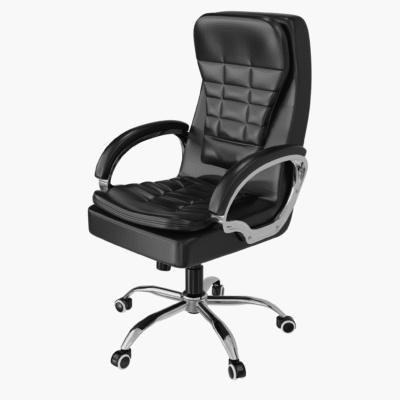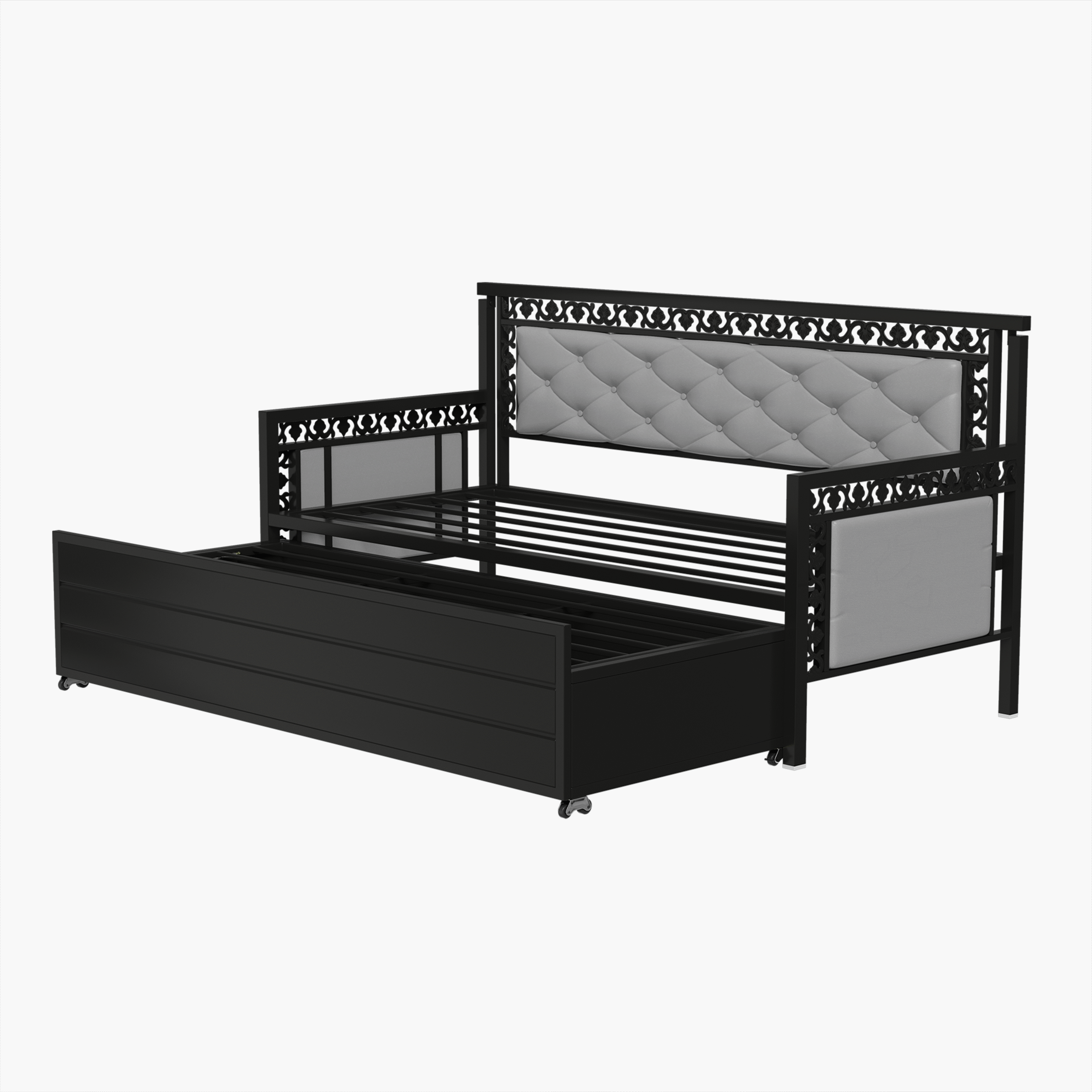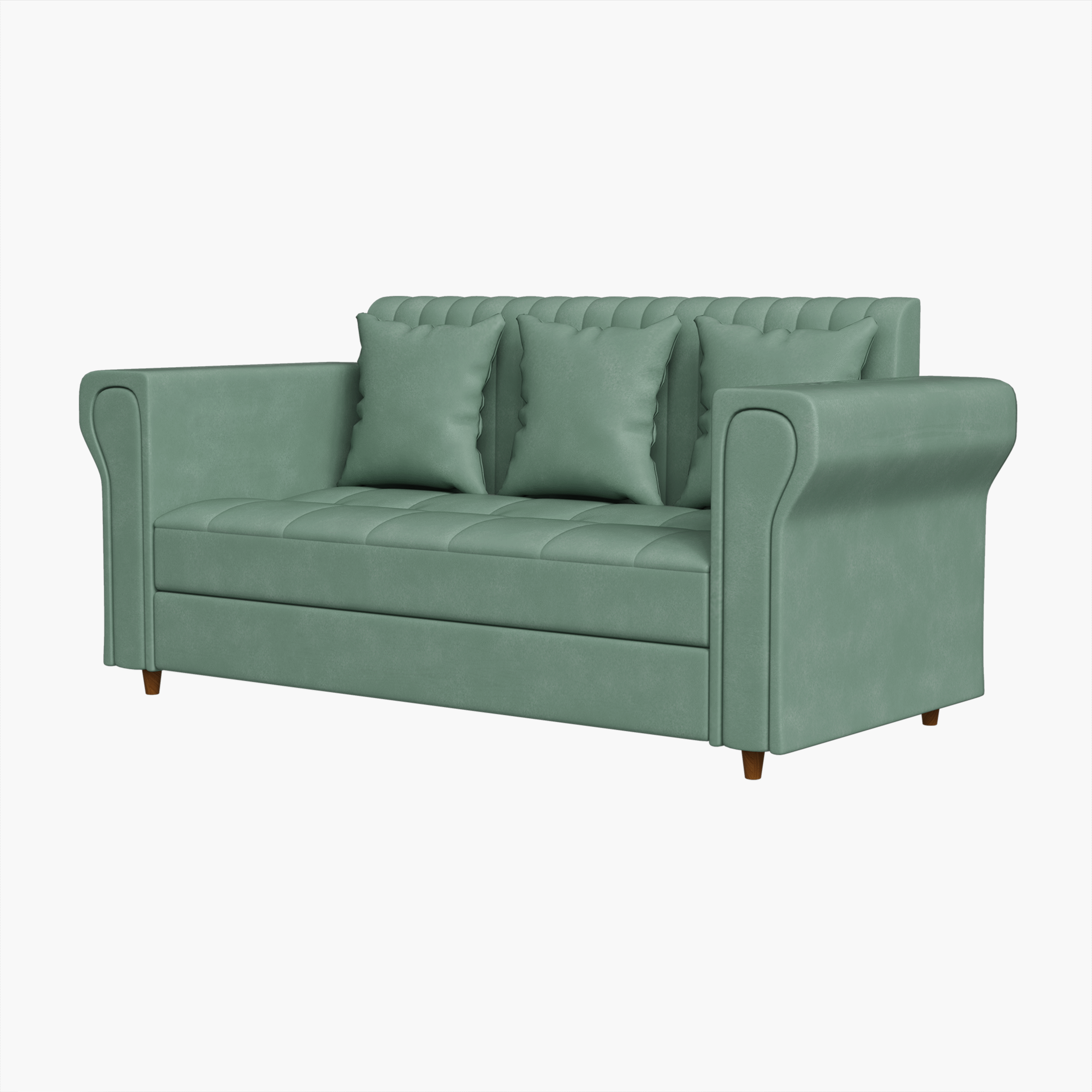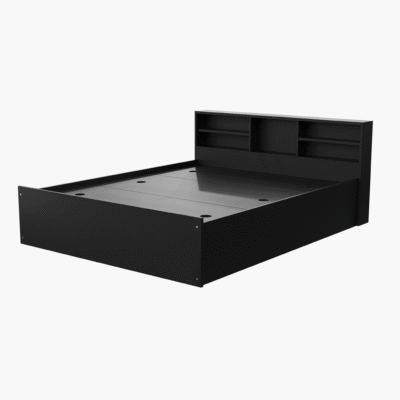Shoe 3D Modeling Course
- Description
- Curriculum
- Reviews
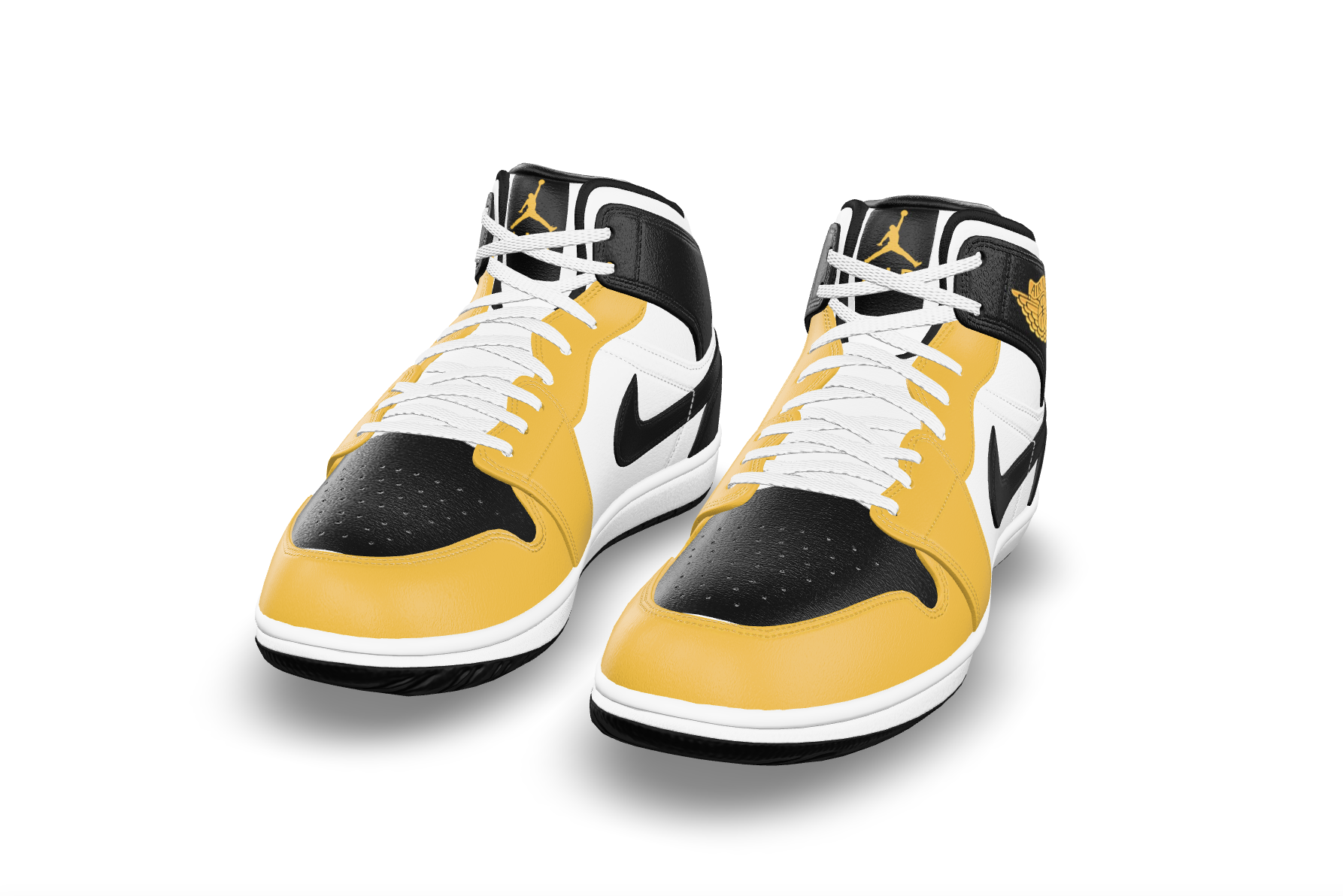
This comprehensive 19-lesson course is designed to take you through the entire process of 3D shoe modeling, from concept to final presentation. Whether you are a beginner looking to learn the basics or an intermediate artist aiming to refine your skills, this course provides the tools and techniques you need to create realistic, high-quality 3D shoe models.
Throughout the course, you will:
- Learn the fundamentals of shoe design and the unique characteristics of different types of footwear.
- Master key 3D modeling techniques for each component of the shoe, including the upper, midsole, outsole, laces, and eyelets.
- Explore advanced methods for adding textures, stitching, surface details, and realistic materials that make your shoe design truly lifelike.
- Understand how to use lighting, rendering, and presentation techniques to create stunning visuals that highlight your design.
- Gain hands-on experience in preparing your model for professional presentation, whether for portfolios, client work, or product visualization.
By the end of the course, you will be equipped with the knowledge and skills to model shoes at a professional level, producing realistic, polished 3D models ready for a variety of applications, from gaming and animation to product design and marketing.
Take the first step toward mastering 3D shoe modeling and creating designs that stand out in any industry.
-
1Lesson 1 | Shoe 3D Modeling | 3DTRIX
Dive into the exciting world of 3D modeling for footwear. Learn the foundational concepts, explore real-world applications, and understand the tools and skills needed to bring innovative shoe designs to life.
-
2Lesson 2 | Shoe 3D Modeling | 3DTRIX
Learn the structural components of a shoe, their functions, and how they influence the design and modeling process. This foundational knowledge is crucial for creating realistic and functional 3D shoe models.
-
3Lesson 3 | Shoe 3D Modeling | 3DTRIX
Learn how to properly set up your 3D modeling environment. This lesson covers configuring the workspace, optimizing the software interface, and preparing for efficient shoe design modeling.
-
4Lesson 4 | Shoe 3D Modeling | 3DTRIX
In this lesson, you'll begin your 3D shoe modeling journey by creating the base structure of the shoe sole. Learn how to use basic modeling tools to shape the sole and establish the foundation for the rest of your design.
-
5Lesson 5 | Shoe 3D Modeling | 3DTRIX
This lesson focuses on adding realistic tread patterns to your shoe's outsole. You'll learn techniques for creating detailed textures and patterns that enhance the functionality and aesthetic of the sole.
-
6Lesson 6 | Shoe 3D Modeling | 3DTRIX
In this lesson, you’ll learn how to design the midsole, a key part of the shoe that provides support and cushioning. Discover the techniques to create a functional and stylish midsole that fits seamlessly with the sole and upper.
-
7Lesson 7 | Shoe 3D Modeling | 3DTRIX
Learn how to model the upper part of the shoe, which includes the shoe's surface, lacing area, and side panels. This lesson covers the steps to shape and refine the upper to complement the sole and midsole.
-
8Lesson 8 | Shoe 3D Modeling | 3DTRIX
This lesson focuses on adding finer details to the shoe’s upper, such as laces, eyelets, and stitching. Learn how to model these elements to make your design more realistic and functional.
-
9Lesson 9 | Shoe 3D Modeling | 3DTRIX
In this lesson, you’ll focus on refining the shoe’s most important structural areas—the toe box and heel. Learn how to sculpt these regions for a more accurate fit and realistic design.
-
10Lesson 10 | Shoe 3D Modeling | 3DTRIX
This lesson teaches you how to create and refine the materials used for the upper part of the shoe. You'll learn how to simulate different textures and finishes such as leather, mesh, and fabric, making your model more realistic.
-
11Lesson 11 | Shoe 3D Modeling | 3DTRIX
This lesson focuses on adding branding elements such as logos and custom text to your shoe model. Learn how to create and position these details to make your shoe design unique and visually appealing.
-
12Lesson 12 | Shoe 3D Modeling | 3DTRIX
In this lesson, you’ll focus on refining the heel and toe cap areas of your shoe, adding structural and decorative details that improve both form and function.
-
13Lesson 13 | Shoe 3D Modeling | 3DTRIX
This lesson delves into advanced techniques for refining your shoe model’s textures and adding surface details. Learn how to make your shoe look more lifelike by simulating different materials and finishes.
-
14Lesson 14 | Shoe 3D Modeling | 3DTRIX
This lesson teaches you how to model the outsole and create realistic traction patterns. Learn how to design the shoe’s sole to provide both functional grip and a visually appealing look.
-
15Lesson 15 | Shoe 3D Modeling | 3DTRIX
This lesson focuses on creating the midsole, which provides cushioning and support to the shoe. Learn how to model and refine this important component to ensure both comfort and visual appeal.
-
16Lesson 16 | Shoe 3D Modeling | 3DTRIX
In this lesson, you’ll focus on adding and refining the stitching and seam details to your shoe. Learn how to create realistic, high-quality stitching that enhances both the visual and functional aspects of your model.
-
17Lesson 17 | Shoe 3D Modeling | 3DTRIX
This lesson focuses on modeling the laces and eyelets, key details that contribute to the shoe's functionality and aesthetics. Learn how to create realistic laces and accurately place eyelets for a polished look.
-
18Lesson 18 | Shoe 3D Modeling | 3DTRIX
In this lesson, you'll learn how to properly set up lighting and render your shoe model. Discover how to create stunning, photorealistic renders that showcase your design in the best possible way.
-
19Lesson 19 | Shoe 3D Modeling | 3DTRIX
In this final lesson, you’ll learn how to add finishing touches to your shoe model and prepare it for presentation. Discover how to create professional-quality renders and presentations to showcase your work.
